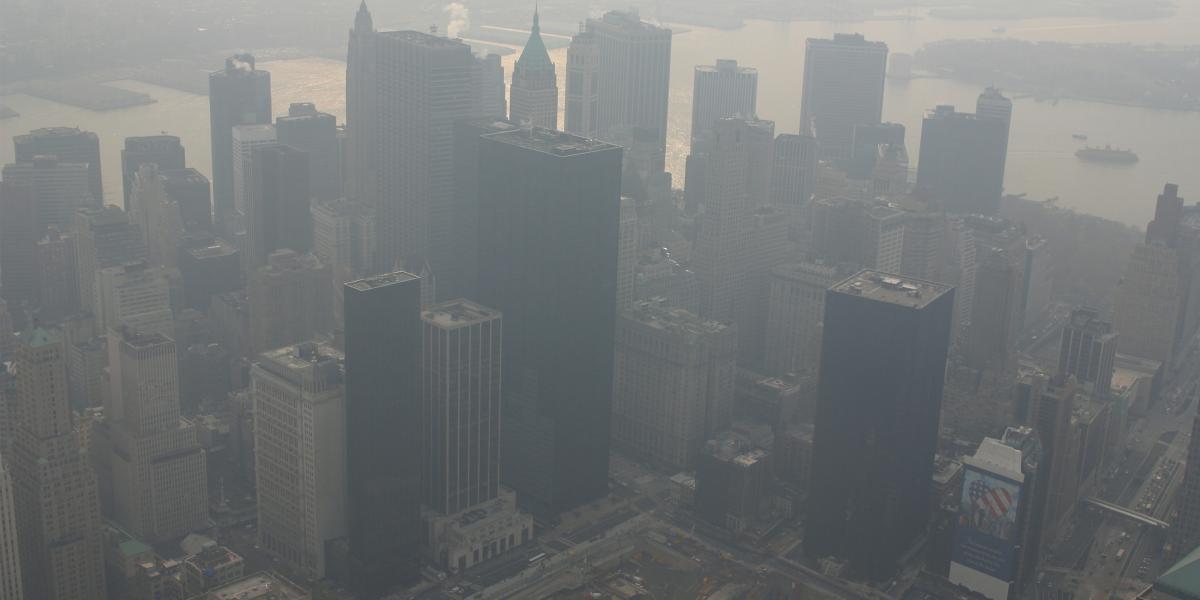Ozone's Unnecessary Toll
Cigarette smoking. Drunk driving. Lead poisoning. They’re public health problems that trigger immediate associations with injury, illness and death. Ozone pollution, however, generally doesn’t arouse similar concern.
Environmental Health Sciences (EHS) doctoral student Jesse Berman hopes to help alter that perception of ozone, a pollutant formed by chemical reactions in sunlight and the main ingredient in smog. Decades of studies have found that exposure to unhealthy ozone levels can lead to decreased lung function, exacerbated asthma symptoms and more hospital and emergency room visits. Especially at risk are children and the elderly.
Although an individual can choose to quit smoking, abstain from alcohol before driving and protect a child from lead exposure, Berman points out that people have few options for avoiding ozone pollution.
“You can’t really do anything as an individual to reduce exposure except stay inside when the air quality is bad,” he says.
In a new study, Berman reports that exposure to ozone levels in excess of federal limits accounted for as many as 2,480 preventable deaths between 2005 and 2007. And, if more stringent regulations had been in place, he estimates that nearly 8,000 ozone-related deaths could have been avoided during the three-year period.
“The results give firm, quantifiable numbers of avoided deaths and illnesses if we [had actually met] the existing air quality standards, and the [health] effects under proposed standards,” says Berman, lead author of the study, published online July 18 in Environmental Health Perspectives.
Investigators also determined that there would have been 3 million fewer cases of acute respiratory problems and 1 million fewer lost school days if current EPA ozone regulations had been met over the last two years.
In 2010, the EPA’s Clean Air Scientific Advisory Committee recommended lowering ozone standards from 75 parts per billion to between 60 and 70 parts per billion. A year later, President Barack Obama rejected the proposal and deferred additional review until 2013, according to the study.
As EPA moves forward next year with further review of ozone standards, Frank Curriero, PhD, MA, a study co-author and EHS associate professor, suggests that the new research will be especially relevant to the process. “I can’t imagine going into any kind of discussion or review, whether from the EPA’s side or the president’s side, without this article in hand,” he says.
